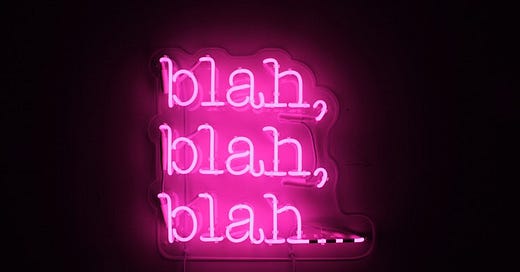A word runs across a museum room’s walls in pink neon script. Festooned with (fake) greenery, it reads, simply: #Taumatawhakatangihangakoauauotamateaturipukakapikimaungahoronukupokaiwhenuakitanatahu. Getting a photo of you with the world’s longest place name in illuminated roséwave sounds like something funny and fun you’d share with your friends (i.e., followers), right? But there's trouble: The script extends all the way around and there’s no way to get a clear or even good shot when there are so many other museumgoers — unless you go early or pay extra to reserve time for yourself. Some will, funneling ever more money back to the museum, which installs ever more neon art in ever more rooms with phrases like “Live love laugh” or “Shine bright like a diamond” on account of #Taumatawhakatangihangakoauauotamateaturipukakapikimaungahoronukupokaiwhenuakitanatahu’s popularity. Soon, every room of the museum is covered in pop culture catchphrases awash in a bordello glow. This is how contemporary art dies: Not with a bang, but with a simper, self-important influencers jockeying for position to pose before #Taumatawhakata…, its radiant entirety truncated, the rest of us assaulted by the light of understanding that everyone is always posing now, that maybe influence is the last form of anonymity.
Discussion about this post
No posts




